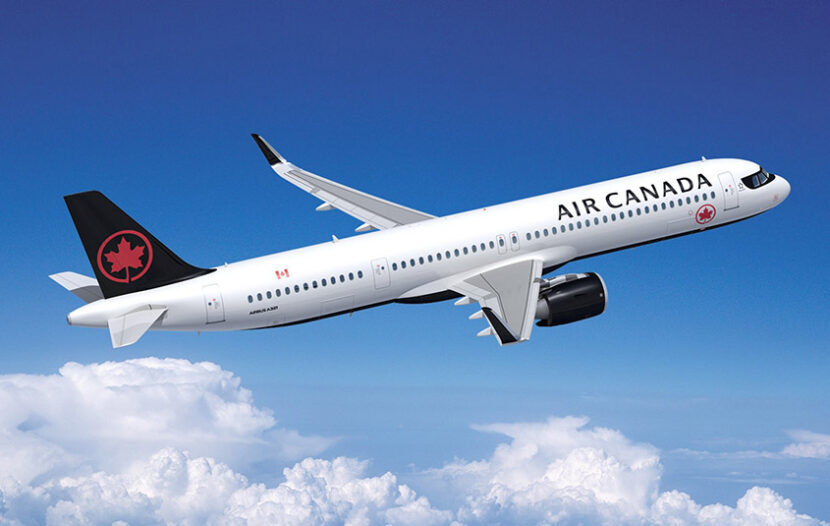MONTREAL — Air Canada has announced plans to enhance its fleet with 26 extra-long range (XLR) versions of the Airbus A321neo aircraft.
Featuring sufficient range to serve all North American and select transatlantic markets, deliveries of the new aircraft are to begin in the first quarter of 2024, with the final aircraft to arrive in the first quarter of 2027. Fifteen of them will be leased from Air Lease Corporation, five from AerCap, and six are being acquired under a purchase agreement with Airbus S.A.S. that includes purchase rights to acquire an additional 14 of the aircraft between 2027 and 2030.
“Air Canada is committed to further strengthen its market-leading position, especially through investments in new technology. The acquisition of the state-of-the-art Airbus A321XLR is an important element of this strategy and will drive our core priorities of elevating the customer experience, advancing our environmental goals, network expansion, and increasing our overall cost efficiency,” says Michael Rousseau, President and Chief Executive Officer of Air Canada.
“This order also shows that Air Canada is emerging strongly from the pandemic and is ideally positioned to grow, compete and thrive in a reshaped global aviation industry,” he adds.
The new aircraft will be replacing older, less-efficient aircraft that are expected to exit the fleet. They will accommodate 182 passengers in a configuration of 14 lie-flat Air Canada Signature Class seats and 168 Economy Class seats. With a range of approximately 8,700 kilometres and an ability to fly up to 11 hours, the A321XLR can operate nonstop anywhere across North America and, pending Transport Canada approval for overseas operations, also fly transatlantic missions. Air Canada is in the process of selecting an engine manufacturer the new aircraft.
Among the amenities onboard will be next-generation seatback entertainment, access to inflight Wi-Fi and a spacious cabin design featuring generous overhead baggage storage bins.
With the more efficient aircraft, Air Canada projects it will have up to 17% lower fuel burn per seat than the previous generation narrow-body on a typical transcontinental flight, and a projected reduction of up to 23% versus previous generation wide-body aircraft on a transatlantic flight. This, says the airline, will reduce greenhouse gas emissions to help Air Canada fulfill its environmental commitments, which include the achievement of net carbon neutrality by 2050. The A321XLR is also expected to be quieter for passengers and airports than the aircraft being replaced.
As of Dec. 31, 2021, Air Canada had a combined 214 aircraft in its mainline and Air Canada Rouge fleets, including 136 single-aisle, narrow-body aircraft.
Last month, the airline unveiled its restored summer 2022 network, both internationally and in North America. Its Q4 operating revenues in 2021, which totaled $2.73 billion, more than triple the $827 million recorded in the same period of 2020, showed encouraging indicators as the airline continues to recover from the pandemic.

